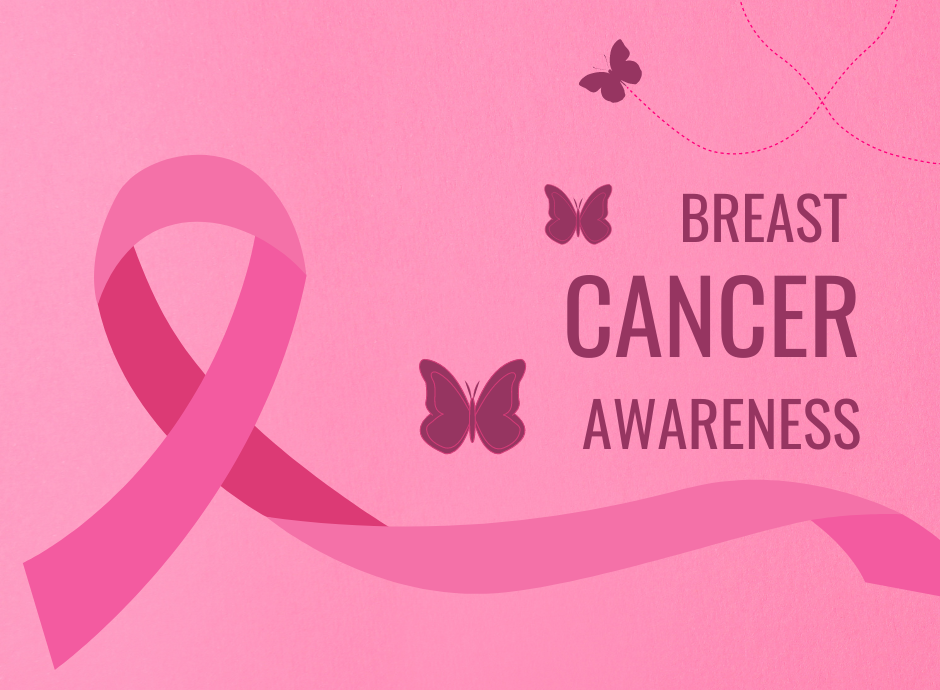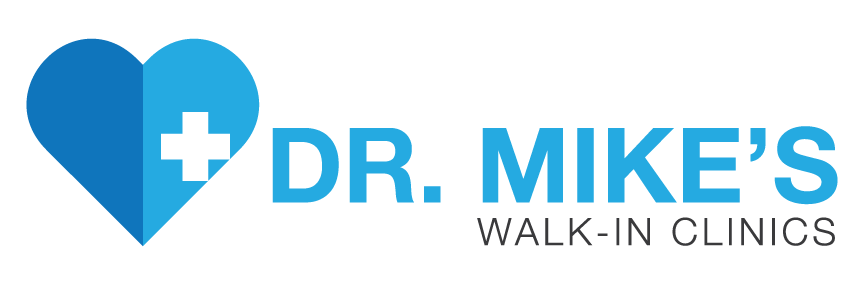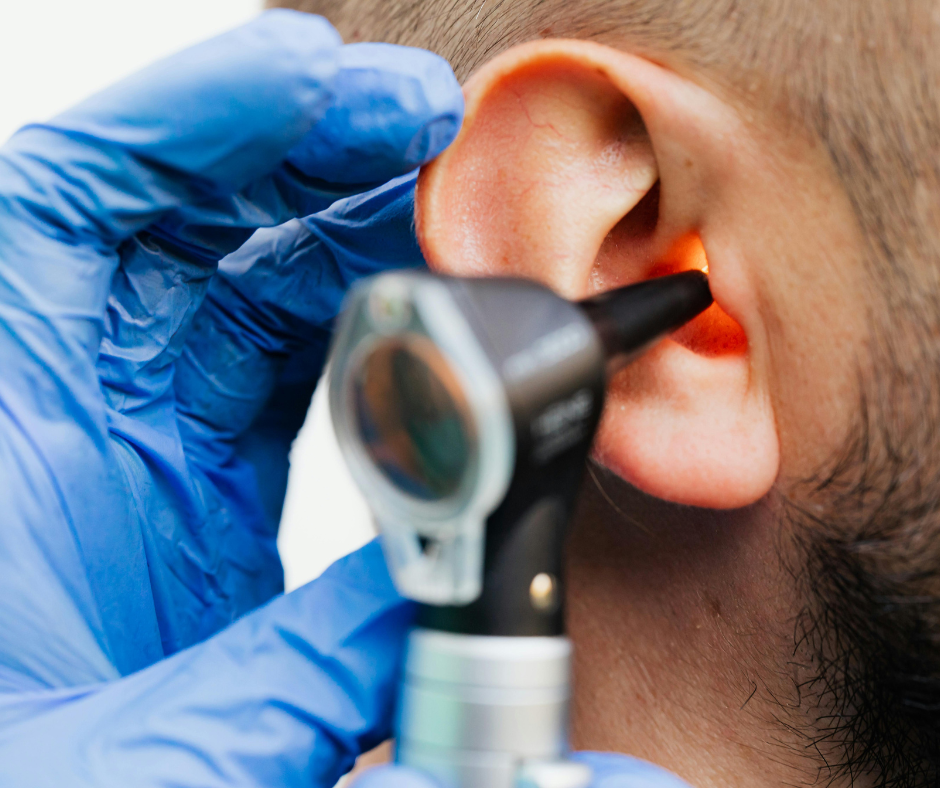Our Blog
A Comprehensive Guide to Breast Cancer

Breast cancer stands as the leading cancer diagnosis among women worldwide. It's a condition where cells in the breast tissue grow abnormally and have the potential to spread. While a frightening diagnosis, early detection and advancements in treatment offer a positive outlook for many.
What Is Breast Cancer?
Breast tissue consists of fatty tissue and glands that produce milk for breastfeeding. Breast cancer occurs when cells in this tissue start multiplying uncontrollably and form tumors. These growths can be either malignant (cancerous) or benign (not cancerous). While most breast lumps are benign, a biopsy is necessary to determine their nature.
Risk Factors for Breast Cancer
Several factors can influence your risk of developing breast cancer, among which some are controllable while others are not. Here's a breakdown:
- Age and Family History: The risk of breast cancer increases with age, and a close relative (mother, sister, or daughter) with breast cancer also puts you in danger.
- Genetic Mutations: Inherited gene mutations like BRCA1 and BRCA2 significantly increase the risk.
- Dense Breast Tissue: Denser breasts can make it harder to detect lumps on mammograms.
- Lifestyle: Obesity, lack of physical activity, and excessive alcohol consumption increase risk.
Recognizing the Signs and Symptoms
Early detection is important for successful treatment. These are the potential signs and symptoms of breast cancer:
- A lump in the breast or armpit
- A noticeable difference in the size or shape of one or both breasts.
- Nipple retraction (inward pulling)
- Dimpling of the breast skin
- Nipple discharge (bloody or clear)
- Nipple or breast skin that appears red and flaky.
It’s important to note that these symptoms can occur due to other non-cancerous conditions. However, if you notice any persistent changes, it’s best to consult a doctor.
Diagnosis and Screening
Early detection paves the way for an effective treatment of breast cancer. You must do a regular self-examination of your breasts to become familiar with their normal texture and feel any changes. Other screening methods include:
Physical Examination
The doctor will examine your breasts and lymph nodes for lumps or abnormalities.
Mammograms
A mammogram is an X-ray of the breast and is the most common screening tool that detects tumors too small to be felt.
Ultrasound and MRI
These imaging tests can help further evaluate abnormalities found during a mammogram or physical exam.
Biopsy
If imaging tests reveal a suspicious area, a biopsy may be performed. A small sample of tissue is removed and examined using a microscope. This allows doctors to check for cancer cells.
Treatment Options for Breast Cancer
The treatment approach for breast cancer depends on various factors, including the stage, type, and grade of the cancer. These are the potential treatment options:
Surgery
Doctors can recommend any of the following types of surgery:
Lumpectomy
This procedure removes the cancerous lump along with a margin of healthy tissue. It is often followed by radiation therapy to eliminate any remaining microscopic cancer cells. A lumpectomy is a viable option for women with early-stage breast cancer and offers good cosmetic outcomes.
Mastectomy
This surgery involves removing the entire breast. There are different types of mastectomies, including simple mastectomy (removal of the entire breast tissue), modified radical mastectomy (removal of the breast tissue and some lymph nodes), and radical mastectomy (removal of the entire breast tissue, chest wall muscles, and more lymph nodes). The type of mastectomy chosen depends on the extent of cancer spread.
Breast Reconstruction
This is an optional surgery that can be performed at the time of mastectomy or later to rebuild the shape of the breast using implants or flaps of tissue from other parts of the body.
Radiation Therapy
Radiation therapy uses high-energy X-rays to destroy cancer cells and is often used after surgery to reduce the risk of recurrence. It can be delivered externally, with a machine directing radiation at the breast, or internally, through radioactive implants placed near the tumor site. Radiation therapy can also be used before surgery to shrink a tumor, making it easier to remove during surgery.
Chemotherapy
Chemotherapy is a common treatment option where powerful drugs kill cancer cells throughout the body. These drugs can be administered intravenously (through a vein) or orally (in pill form). This can be given before surgery (neoadjuvant therapy) to shrink the tumor, after surgery (adjuvant therapy) to destroy any remaining cancer cells and reduce the risk of recurrence, or as palliative care to manage symptoms of advanced-stage cancer. Chemotherapy regimens typically involve a combination of different drugs, each with its own potential side effects.
Hormone Therapy
Hormone therapy is an effective treatment option for breast cancers that have receptors for hormones like estrogen and progesterone. These receptors allow cancer cells to grow. Hormone therapy medications work by blocking the production or action of these hormones, thereby slowing or stopping the growth of cancer cells. This therapy can be given as tablets, injections, or implants. It can be used after surgery to reduce the risk of recurrence or for advanced-stage cancer to manage symptoms and improve quality of life.
Targeted Therapy
Targeted therapy drugs are a newer class of medications designed to attack specific vulnerabilities within cancer cells. These drugs are typically more precise than chemotherapy and may cause fewer side effects. Targeted therapy may be an option for women with specific types of breast cancer, such as those with HER2-positive breast cancer.
Living with Breast Cancer
A breast cancer diagnosis can be overwhelming. Here are some helpful tips:
- Build a Strong Support System: Talk to loved ones, join a support group, or seek professional counseling.
- Learn about Your Condition: Knowledge empowers you to make informed decisions about your treatment.
- Maintain a Healthy Lifestyle: A healthy lifestyle consists of healthy foods, regular exercise, and getting enough sleep.
- Manage Stress: Stress can worsen symptoms, so you must explore relaxation techniques like yoga or meditation.
Don't wait to prioritize your health! Schedule a breast cancer screening with us at
Dr. Mike's Walk-In Clinic. To schedule an appointment,
contact us today!



